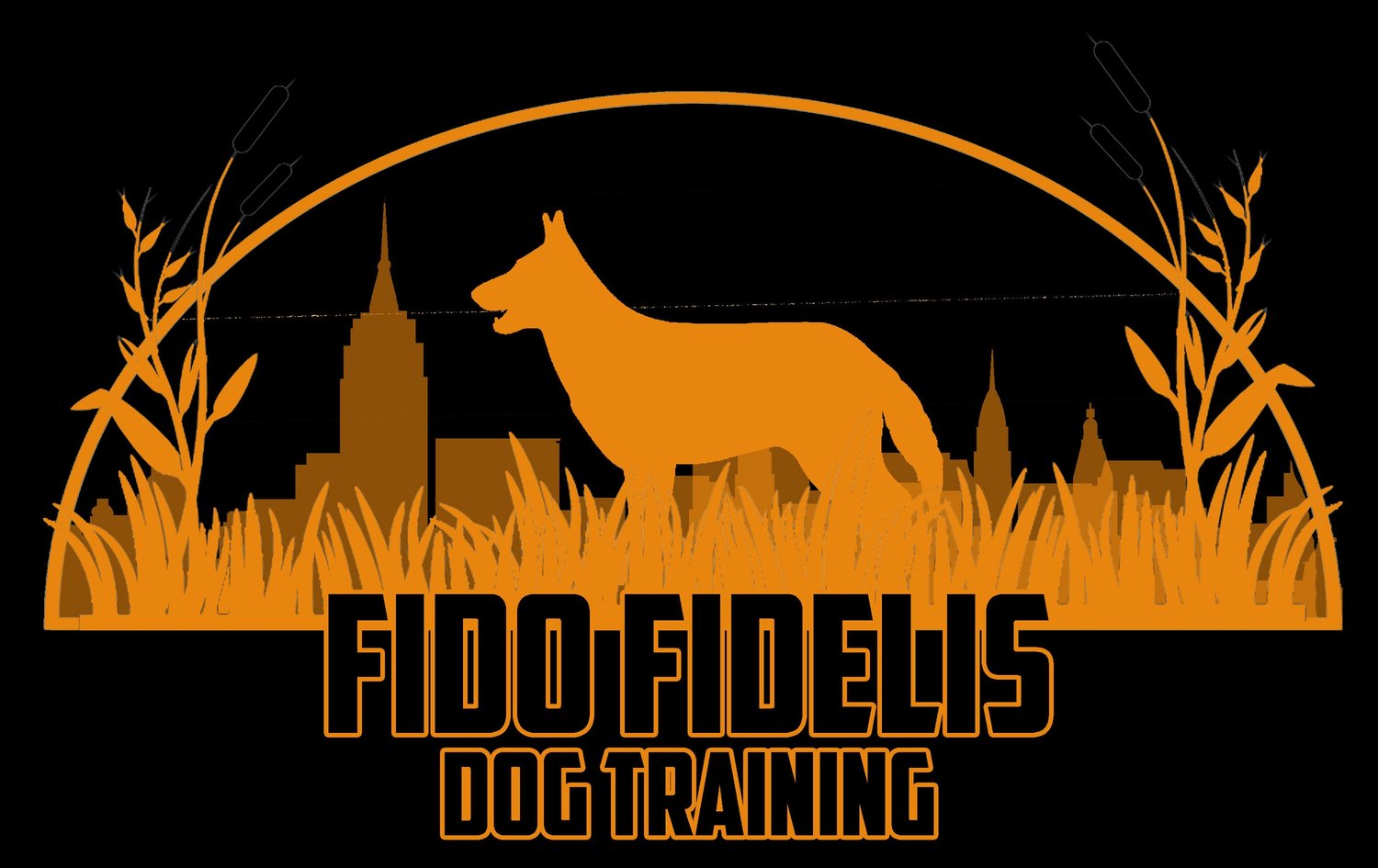Dog training is an essential part of responsible pet ownership. It not only helps to keep dogs safe but also ensures that they behave appropriately in different situations. However, with so many different approaches to dog training, it can be challenging to determine the best method for your furry friend. One approach that has gained popularity in recent years is a balanced approach, which combines positive reinforcement with corrective techniques. In this blog post, we'll explore the reasons why a balanced approach in dog training is important.
Firstly, a balanced approach ensures that dogs are trained using humane techniques. Positive reinforcement methods are great for teaching new behaviors and rewarding good behavior. However, sometimes it is necessary to correct unwanted behavior. A balanced approach recognizes that dogs need clear boundaries and consequences for inappropriate behavior. By using corrective techniques in a controlled and humane manner, we can teach dogs what is acceptable and what is not without causing physical or emotional harm.
Secondly, a balanced approach allows for individualized training. Dogs are unique creatures, and what works for one dog may not work for another. With a balanced approach, trainers can tailor their techniques to suit the needs of each individual dog. For example, a shy or fearful dog may need more positive reinforcement, while a dominant dog may require more corrective techniques.
Thirdly, a balanced approach creates a stronger bond between dogs and their owners. By using positive reinforcement methods, we can reward good behavior and build trust with our dogs. However, correcting unwanted behavior is also necessary for establishing clear boundaries and expectations. When done correctly, corrective techniques can help dogs understand their place in the family pack and build respect for their owners.
Finally, a balanced approach can improve overall dog behavior. By using positive reinforcement methods, we can teach dogs new behaviors and encourage good behavior. By using corrective techniques, we can discourage unwanted behavior and reinforce good behavior. This approach creates a well-rounded dog that is well-behaved and well-adjusted to different situations.
In conclusion, a balanced approach in dog training is important for many reasons. It ensures that dogs are trained humanely, allows for individualized training, creates a stronger bond between dogs and their owners, and improves overall dog behavior. When done correctly, a balanced approach can help dogs become well-behaved, happy, and healthy members of their families.
